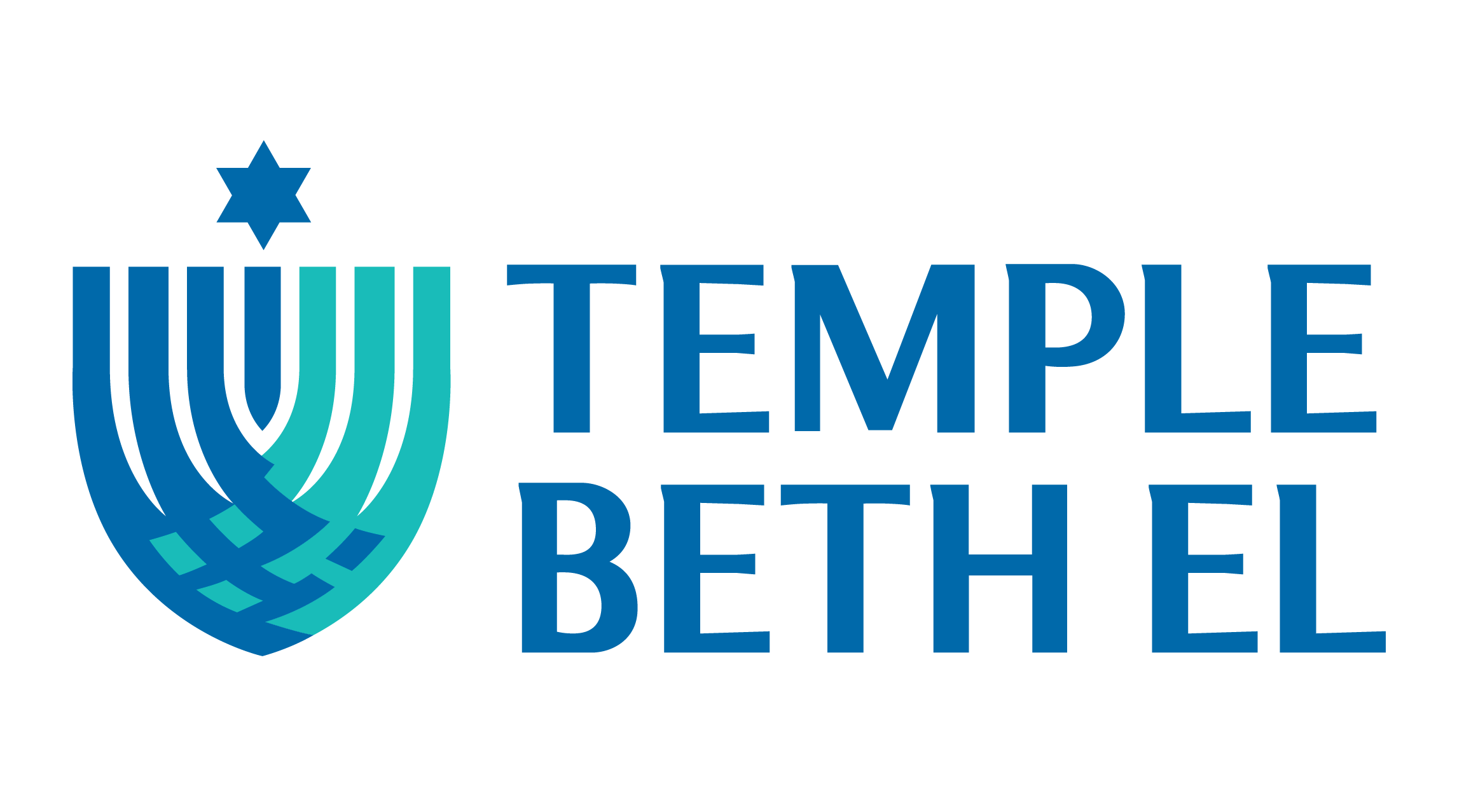Sitting in front of my boss, reflecting on my past school year, the truth rang forth:
Sara, I think that this really shook you. It was almost like your soul had been broken.
She was absolutely right.
After six years of teaching, I had hit a wall. Hard. To say that the societal events of this past year have impacted me greatly would be a gross understatement. Despite attempts to find equilibrium in my personal, professional, intimate, and public life, I left this past school year feeling like I had barely managed to survive – and forget about maintaining proficiency. I was existing in all aspects of my life: home, career, health, spiritual – but doing none of them very well.
I felt my spark had extinguished
No amount of teacher appreciation luncheons and Starbucks Double Shots on ice could help revive this weary soul.
When I checked out on that last teacher workday, all I could think was: I survived. I got through it. Driving up Providence Road, questions poured through my mind: What just happened?
Was I broken still? Could I repair this brokenness?
Then, a thought that had been flickering around head for months lit up again: It’s in the broken places that the light shines through.
Over and over, we find that it is in our most vulnerable moments/places/spaces that we are best able to connect to the Divine Light within and to the Light in others. This shevirah, this break, allows us to see the hardest truths, often blindingly so. Moreover, the brokenness provides the pieces from which we can participate in transformational healing.
Maybe brokenness is inevitable: In the kabbalistic cosmology of Rabbi Isaac Luria, our existence is the aftermath of a spectacular explosion. After the initial tzimtzum, contraction to make space for the future creation, the Holy One emanated Divine Light into vessels, organizing this new creation. Yet, the Divine’s energy and light was so infinitely powerful that these vessels shattered, scattering bits of the vessel’s shells and light. This primordial explosion is the basis of our material world; It has all been broken from the jump.
But this world of shrapnel is simply a beginning, an invitation to participate in tikkun, repair and transformational healing. Where we see brokenness, from the individual to the universal, we are called to repair that which is broken and to right what is wrong. We can elevate our brokenness to something more beautiful and more impactful than what existed before.
Many years ago, my friend Jena and I were chatting about Japanese pottery. As we discussed the aesthetic of wabi-sabi, finding beauty in the imperfect and impermanent, she taught me about kintsungi. Kintsungi is a unique repair technique that does not try to conceal the break; instead, the repaired cracks are inlaid with gold. Spiritually, this practice teaches us to embrace and celebrate our brokenness and to elevate it to something beautiful and special.
Am I repaired? I am well on my way, thanks in part to the rejuvenating font of summertime and all that is camp life. I’ve learned that it is in times of mindfulness and meditation that I find the right questions to ask. My favorite mindfulness practice has been creating Zentangles and sharing that special bit of shalom with my campers. I realize that it is in these profoundly mindful moments, whether in meditation or thoughtful doodling, that we not only create peace but embody shleimut, wholeness, that can only be achieved in this spiritual alchemy of brokenness.
Sara Bryan Markovits is a product of Temple Beth El from consecration to confirmation, from her own bat mitzvah to her daughter’s baby naming. She is a community educator, teaching at various Shalom Park organizations and at Community House Middle School. She is thrilled to be raising her daughter, Esther, at Beth El with her husband, Ken.






One Response
Beautiful. You should be giving d’var torahs.